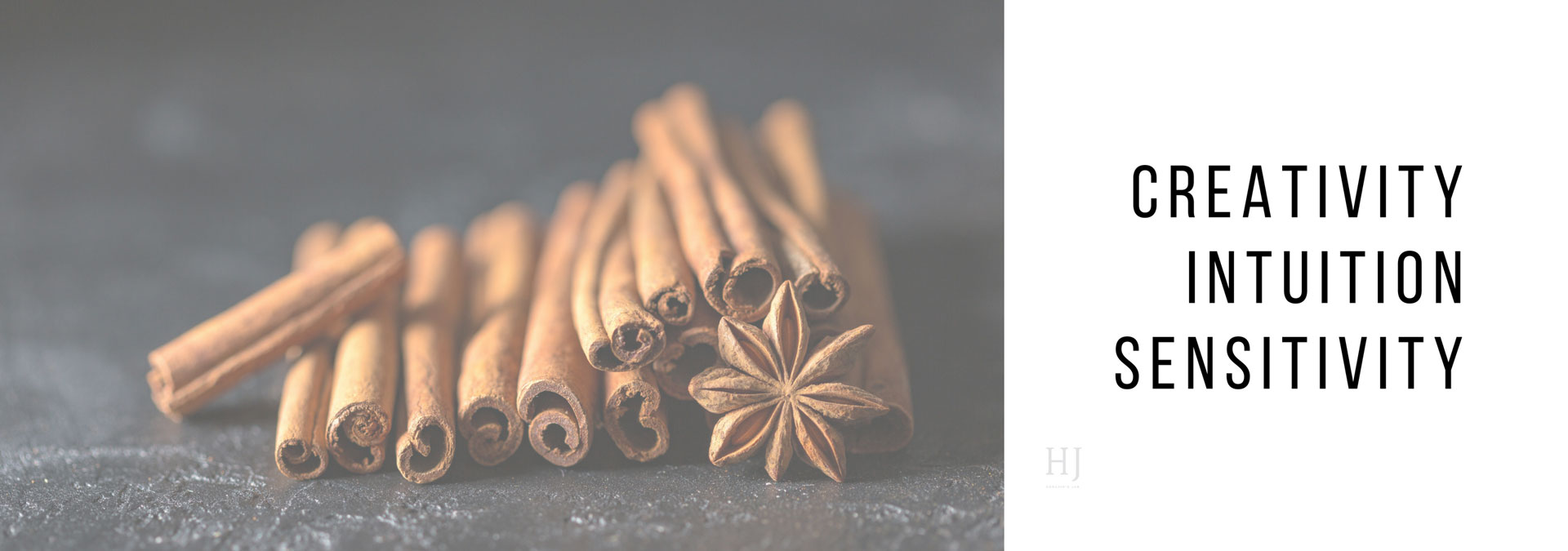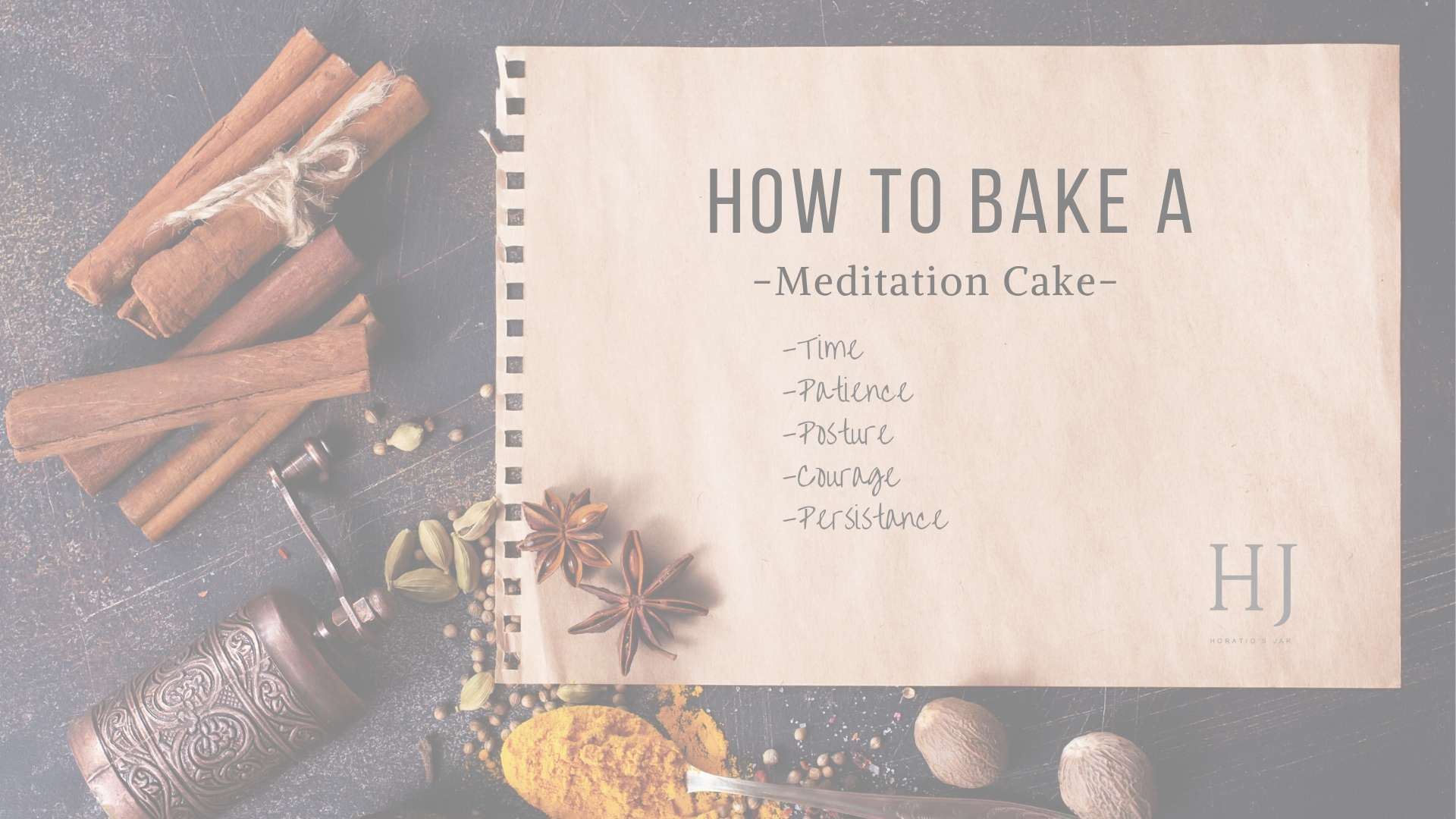Published by: Digital Schools
How To Bake A Meditation Cake
Meditation practice is a little bit like baking a cake; it requires certain ingredients placed in the right order, mixed and baked for a set amount of time in order to get the right result. Without a recipe or the right ingredients, you are likely to end up with mush.
Dandipani an Australian entrepreneur and meditation master, keynote speaker and author says it takes a lot of courage to investigate your inner self and if you have never meditated before then the experience can be mixed. He says the first thing people come into contact with when they meditate is their subconscious mind (that is the place that stores all the things that you ever experienced, a place that is like your mental junkyard) and find it uncomfortable so they give up.
Dandipani says that in order for your meditation to be effective you should treat it like a business meeting with yourself and make sure you keep the appointment. Like every meeting, there is usually an intention or a goal as to why you are holding it. As meditation is a meeting with yourself the purpose is really to get to know yourself and explore different aspects of yourself and your psyche.
Along with the goal of getting to know yourself, meditation can also include a personal goal, like wanting to be more patient, efficient, relaxed or a better person. These intentions are what anchor us to the practice so when the mind drifts away you can come back to where you need to be. Like a roadmap.
Sally Kempton who is a world expert in meditation and lived and trained in a monastery in India for twenty years – explains that if you don’t have a clear idea of where you are going it is much the same as someone trying to drive a car without knowing where to put the petrol. Instead of putting it into the car, they instead pour it onto the floor.

What You Will Need
Time Make a time every day where you can be alone, uninterrupted for at least 20 minutes Your meditation does not have to be more than 1 – 2 minutes when you first start out
Space You need to make a dedicated space for your mediation that is not used for anything else, It does not need to be huge just big enough to sit or lay down comfortably
Comfort Cushions and props, a chair or mat that you can sit on to keep the spine straight and hips flat. You don’t have to cross the legs and you can lay down, as long as the spine is straight and you don’t fall asleep.
Intention Your intention is your goal for the meditation. Why are you wanting to mediate? Having a goal is really important so choosing something meaningful is best, Most people chose things like learning to be patient, more loving or courageous. It is recommended by all the experts to stay committed to the one goal until you achieve it.
Patience When you first begin your practice it might be difficult to manage all the mind stuff. Just sitting in your space for your affirmed time without caving in is a good way to overcome the urge to stop. Patience makes the cake taste better in the end.
Posture Having a straight back is absolutely crucial to your practice. The spine is central to all meditation practices as it is where the main energy centres are aligned as is the pathway in which your outgoing energy is withdrawn and then reversed
Technique Most accurate forms of mediation will begin with sitting still eyes closed or almost closed, back straight, chin tucked in and body relaxed. Fingers are also sometimes fixed in a position called a mudra, this helps with focus and attention, The breath is central to all mediation and focusing on the breath is used to withdraw your attention back into the body. Some schools use sounds and mantra to begin the practice and to end it, Most practices include a gratitude practice where you intentionally give thanks to yourself or something that is important to you this helps to retrain your mind to become positive, Positivity makes you more attractive and it also boosts your metabolism, reduces inflammation and keeps illness at bay.
Creativity and Intuition Exploring and experimenting with different methods, creative visuals, sounds and movement can all enhance your practice. You don’t need to stay doing the same thing every day. Variety is really good at making sure you are enjoying your meditation.
Teacher The advice and guidance of a good teacher is a must as you begin your practice, you should definitely explore the variations that exist in the world. You will probably find that with the experience of different practices you will collect and integrate bits of different practices that you like and make your own personal style, You should always experiment on what works for you.
Discipline Mediation is not easy and some days you just can not win. Showing up is the first step and the second step is sitting it out for the designated time you have chosen without caving in. This conditioning of the self will also condition the mind. Self-discipline is absolutely necessary for achieving any goal in life.
Kindness Always be kind to yourself no matter what. Even when it gets tough thank yourself and keep going. ‘Your only obstacle is the mind’ – Emily Rack

Dandipani cautions all his pupils when they begin their practice that practising meditation is not going to fix your life, you can’t eat a carrot in the morning and then eat junk food for the rest of the day and expect to be healthy. If you want to fix your life you need to work on every aspect of it and let meditation become a part of it.
He says meditation is about your energy and he says ‘life is a manifestation of where you direct your energy too’. Energy and awareness are the same things and meditation is about learning to harness your energy and direct it to where you want it to go. This ability to navigate your own awareness means you are more likely to make better decisions as to where you would like to spend your life currency.
“Where your mind goes your energy flows”.
Guest Contributor: Emily Rack
Business Name: Horatios’ Jar
Publisher: Digital Schools
Emily Rack is a yoga teacher, meditation instructor, freelance writer and visual content creator. She incorporates a unique creative flair into her yoga and meditation classes, courses and workshops. Emily hosts events and classes in schools and the wider community & is passionate about teaching the art of mindfulness.
——-
PUBLISHER’S DISCLAIMER: The publisher of this blog post (Digital Schools PTY LTD) works in partnership with the school as a 3rd party provider to help build and maintain the school website. Digital Schools sources a range of experts who provide products and/or services to educational institutions and we work with them to produce and publish topical information in the form of blog posts that we think may be relevant, interesting or topical to families within the community. The views, opinions and content listed in this blog post are that of the guest contributor and/or publisher (Digital Schools). It should be noted that whilst the publisher and guest contributors are acting with the best intentions and in the best interests of the school and their community to provide helpful or interesting information, sometimes the content may not necessarily reflect the views of the school.
The information in this blog post is not meant to be used, nor should it be used, to diagnose or treat any medical condition. For diagnosis or treatment of any medical problem, consult your own physician. The school and the publisher of this blog post are not responsible for any person reading or following the information in this article who may experience adverse effects.
Any references to external websites or sources are provided for informational purposes only and do not constitute endorsement by the school or publisher in any way and the publisher and/or school cannot guarantee accuracy of information listed.
If you have feedback on any content on this platform, you can submit it to the publisher using the feedback link provided at the bottom of this page.


